The CMP Review — Week of September 22
September 22, 2025

“Today we are a people whose love of the fields, the woods, the rivers is increasing, if only because modern life with its methods of cultivation and building is to a great extent robbing us of these things in which many find peace nowhere else discovered…
…and we hope for a future where the people having ears, hear, and having eyes, see, and not only the present generation but the next, that they may find in nature truer colors than in the television screen, sweeter music in bird song than that of the latest popular songster, true beauty in a ‘charm’ of goldfinches, warmth in the rising sun, and solace in the cool of the evening.”
— Elspeth Ricks, PNEU Journal, 1971
@artmiddlekauff
📷: @dave_stillwell
September 23, 2025
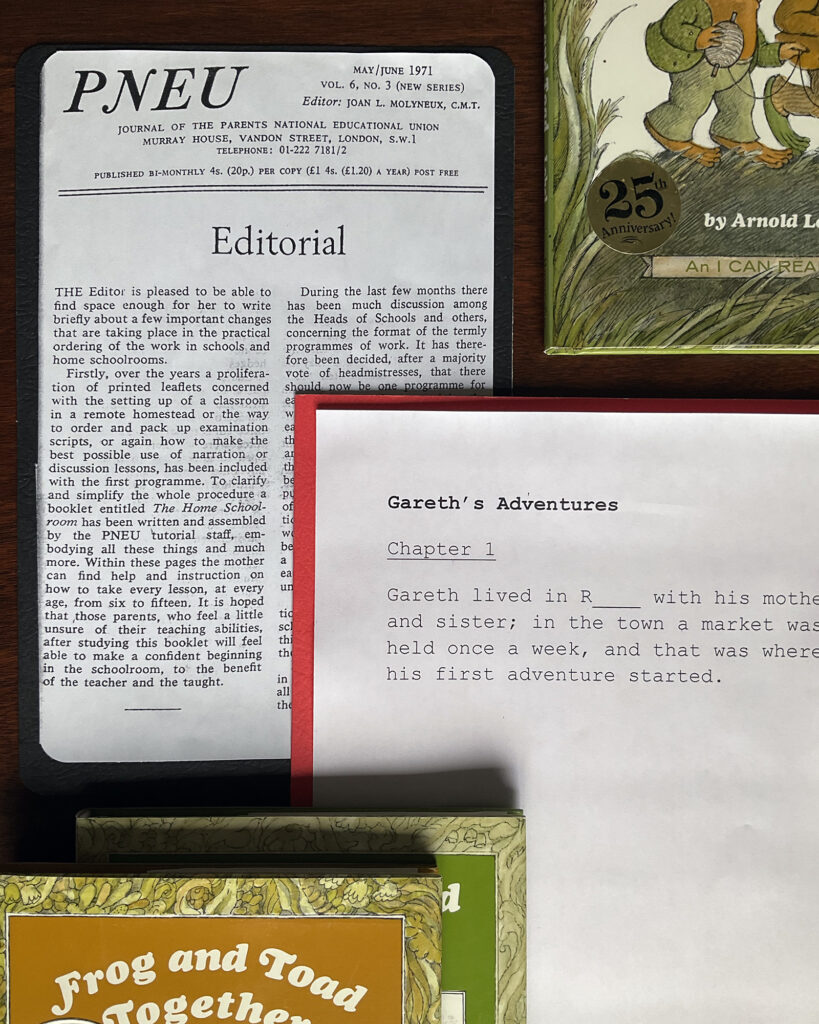
Did you know that Charlotte Mason’s PNEU continued to thrive for many years after Charlotte Mason’s death in 1923? For decades, new teachers were trained at the House of Education, which later became the Charlotte Mason College. And The Parents’ Review continued to explore and promote the Charlotte Mason method well beyond the year 1966, when its name was changed to The PNEU Journal.
I have enjoyed browsing The PNEU Journal from the 1960s and 1970s. The articles paint a fascinating picture of how a prior generation of teachers applied the Charlotte Mason method in a world that seems more like our own than that of the Victorians. I hope that with the help of our volunteer team we’ll be able to share more of these articles in the months to come.
One gem is from 1971. So often I talk to parents who are frustrated because a child won’t respond to a lesson the way he or she is “supposed to.” How do we handle situations like that in a way that respects both the individuality of the child and our belief in the Charlotte Mason method?
A House of Education graduate named Joyce Goldmanis faced such a situation. She knew she could not change her student. But she could change her approach. In doing so, she was able to awaken the love of learning. Find her story here.
@artmiddlekauff
September 24, 2025
Charlotte Mason advocated for the use of “brush drawing” in nature journals. It utilizes a Japanese technique called Mokkutsu, which means “boneless”—so called because the strokes are made without the use of outlines.
I’ve been practicing this technique for the last dozen years or so, but yesterday I decided to use an outline along with traditional western glazing. Lesson learned. What you see here took me about 20 minutes and I’m only about halfway done.
I’m going back to brush drawing, preferring its fluid strokes to capture the life of a line.
Find out more about the watercolor technique on our Brush Drawing Resources page.
@rbaburina
September 25, 2025
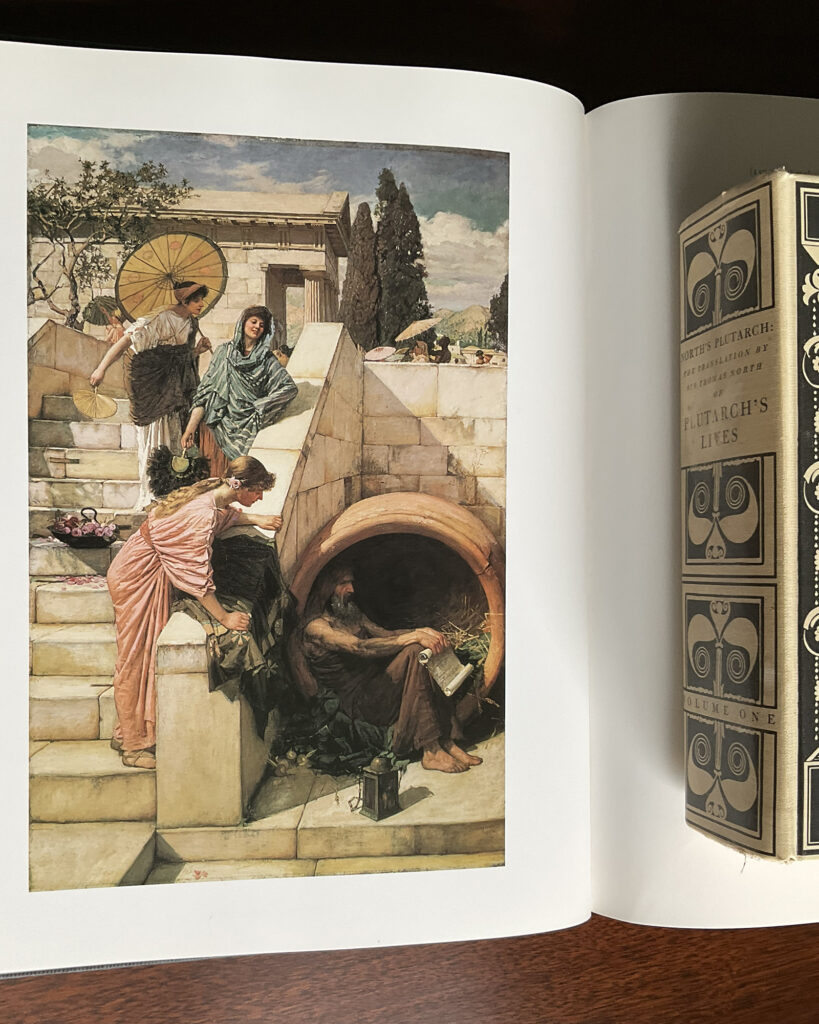
“Diogenes appears on the steps among other philosophers in Raphael’s celebrated mural School of Athens (1509–11) at the Vatican,” writes Peter Trippi; “thus Waterhouse’s situating of Diogenes near a staircase makes a knowing pun.”
He goes on: “educated viewers knew that Diogenes, when greeted by Alexander the Great, requested that the emperor not ‘stand between me and the sun’. Here the boldest maiden does just that, causing Diogenes to scowl.”
One of the grown-up children in our multi-generational “family school” read these words after our picture study of J. W. Waterhouse’s 1882 Diogenes, one of his many masterpieces that make me long to see a painting of his in person.
No explanation was needed by the reader regarding Raphael’s mural or Alexander the Great’s encounter. These gems of art and history had been long ago lodged in our family’s collective memory. And so Plutarch, picture study, and many other subjects contribute to a feast that often seems to lack boundaries, as one dish spills over into another.
Or perhaps a better analogy is how a song, a sound, or a scent can bring up seemingly unrelated memories, memories that warm the heart and enliven the soul.
@artmiddlekauff
September 26, 2025
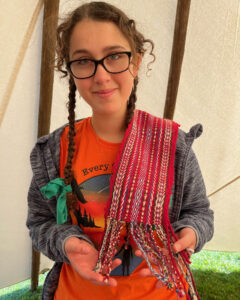
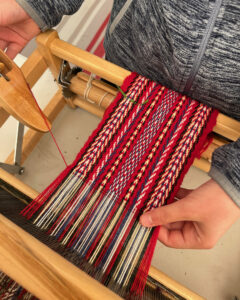
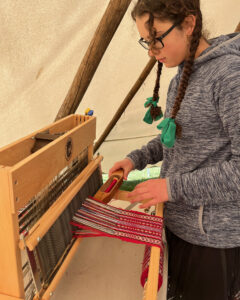
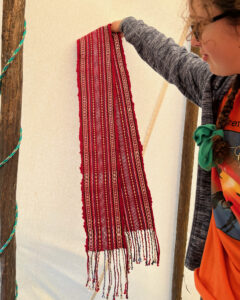
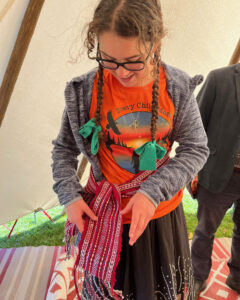
In Canada, September 30 is the National Day for Truth and Reconciliation. We live on the Providence Manitoba campus, which stands on Treaty One Territory.
This year, as part of the week’s event, we had a very special opportunity to share in the weaving of this Métis sash (une ceinture fléchée).
Students, faculty, staff, and friends and neighbours got to share in this work together. It is so beautiful.
The neighbourhood children especially enjoyed coming to add their weaving to the project. (And now they are asking, “can we get a loom to share in the neighbourhood?“)
I can see why people love to loom! This table loom is just fascinating.
Any weavers out here? Share a story or tip with us as we consider a looming future.
@[antonella.f.greco
September 27, 2025
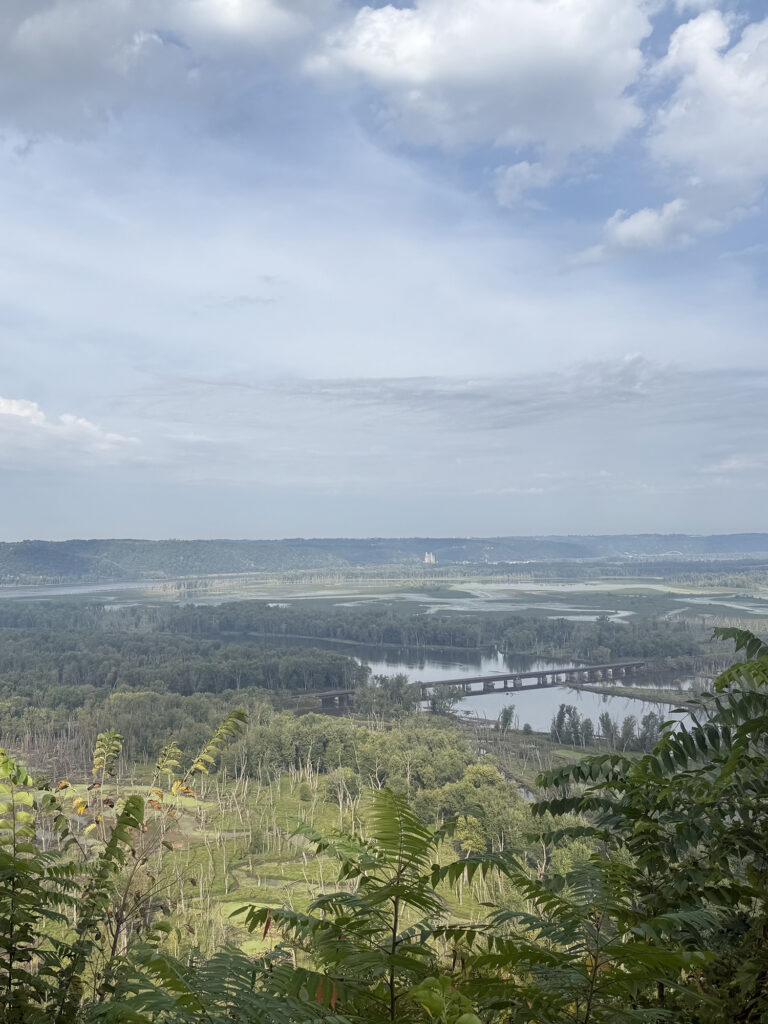
On our recent trip back home we explored the area’s state parks. While some I visited on school field trips growing up, others were newly named or I didn’t know even existed.
It was a good reminder that you don’t have to venture far for a beautiful experience.
@rbaburina
September 28, 2025
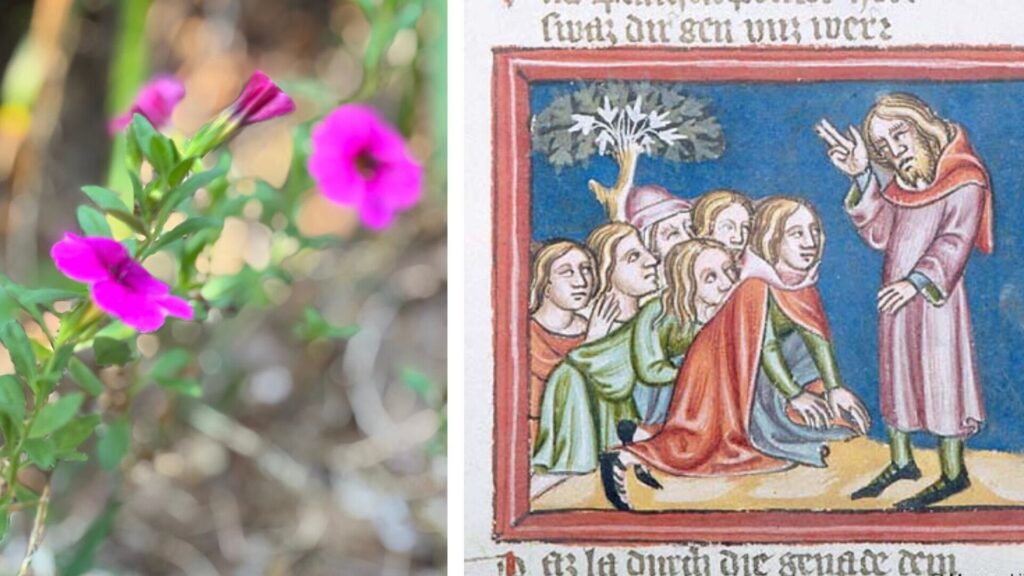
In his commentary on the Gospel of Luke, D. L. Block assigns a title to the section from 17:1 to 17:10. He calls it “False Teaching, Forgiveness, Faith and Service.” He explains: “This short section highlights four aspects of discipleship. It is hard to be certain if these four characteristics are simply listed or whether there is some relationship between them.”
Charlotte Mason was determined to pursue a “synthetic study of the life and teaching of Christ.” She believed with all her heart that “if we could only get a whole conception of Christ’s life among men, and of the philosophic method of His teaching, His own word should be fulfilled, and the Son of Man, lifted up, would draw all men unto Himself.”
Therefore it goes without saying that Charlotte Mason sought (and found) a connection between these verses in the Gospel of Luke. But she did not lift the pen of an expositor to explain the links. Rather, she sought the pen of a poet. Read or hear her poem on verses 3 and 4 and see how Mason observed the philosophic method of our Lord. Find it here.
@artmiddlekauff
🖼️: Joseph’s brothers beg forgiveness; Joseph blesses them, Illuminated manuscript, Weltchronik